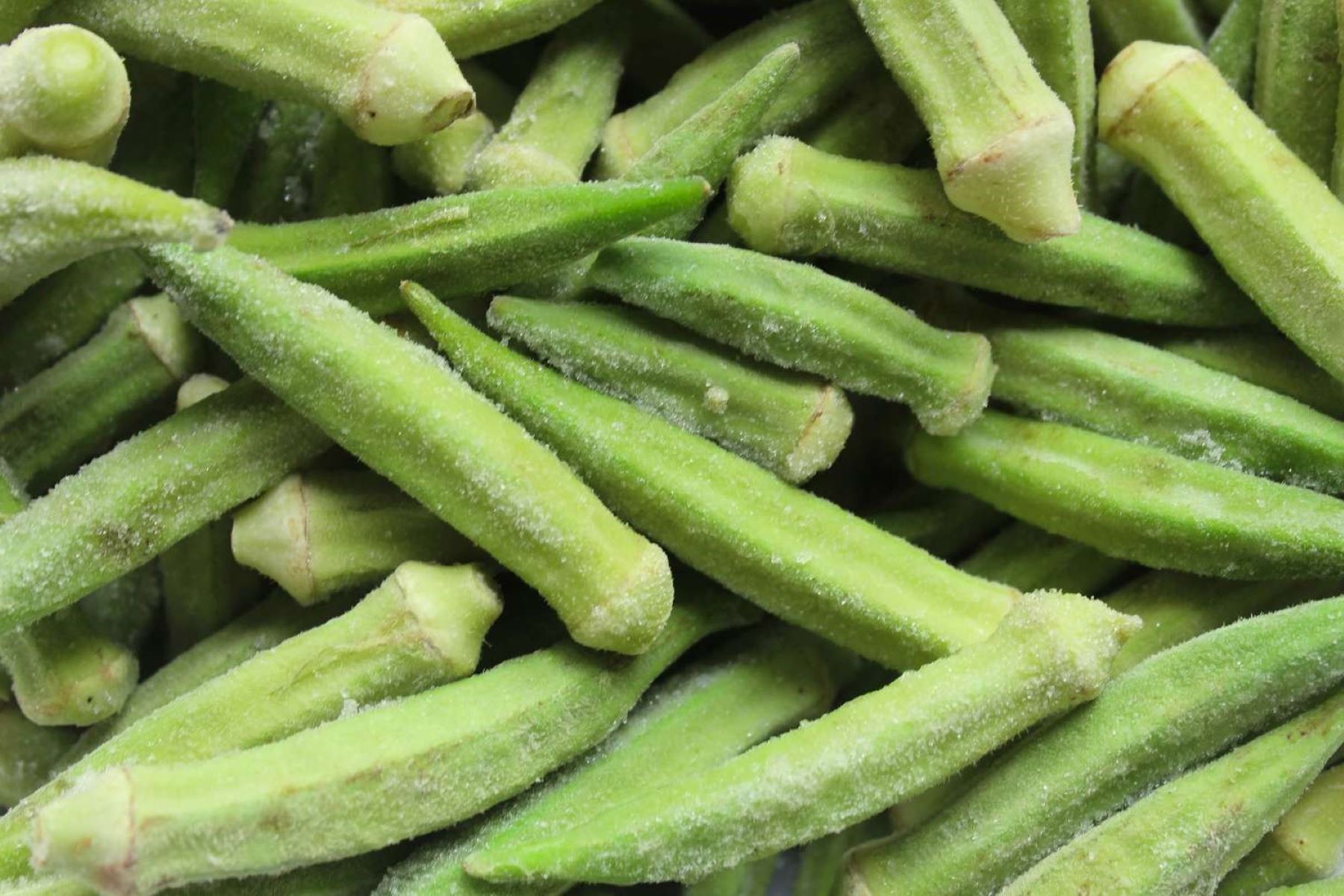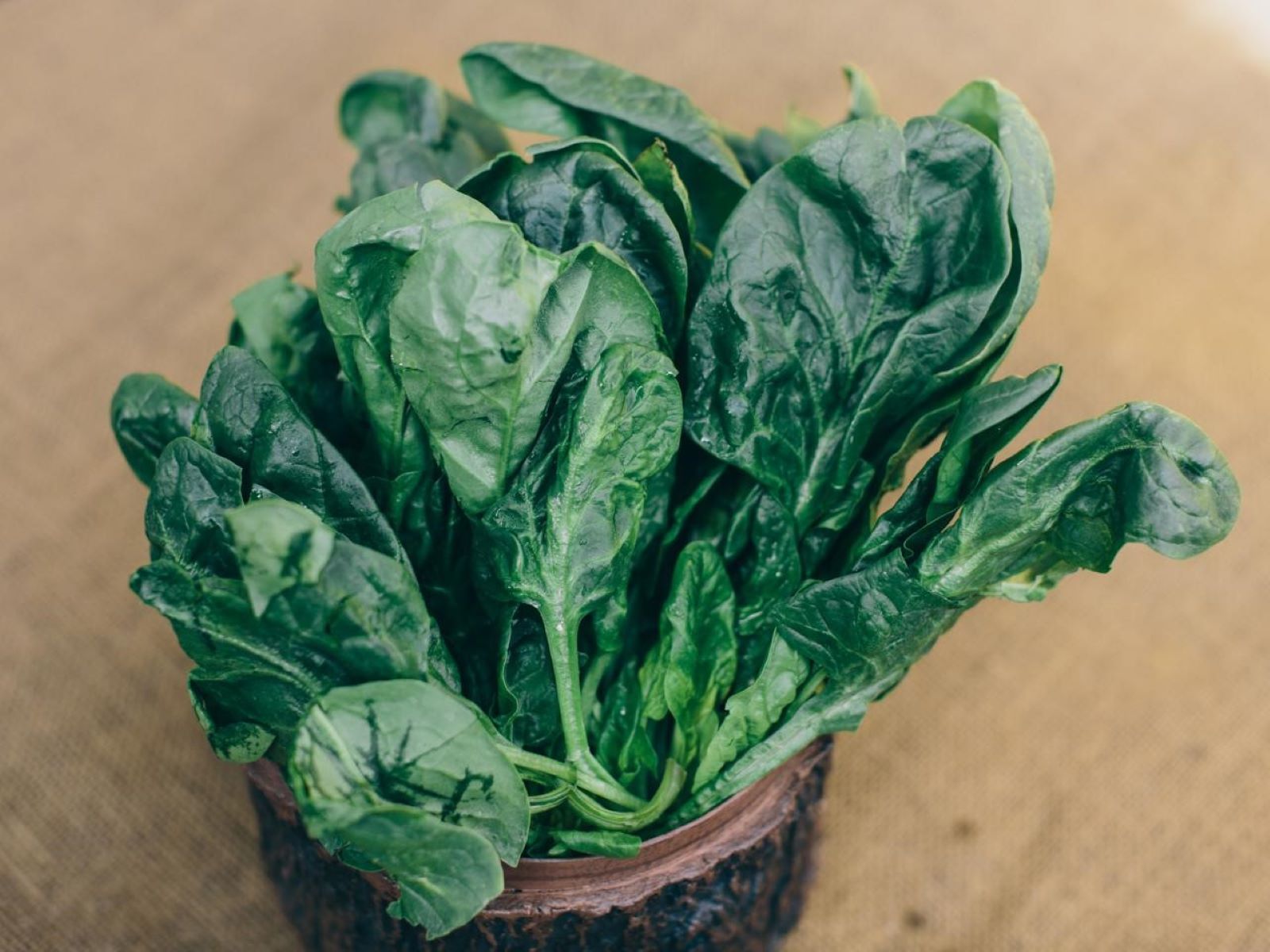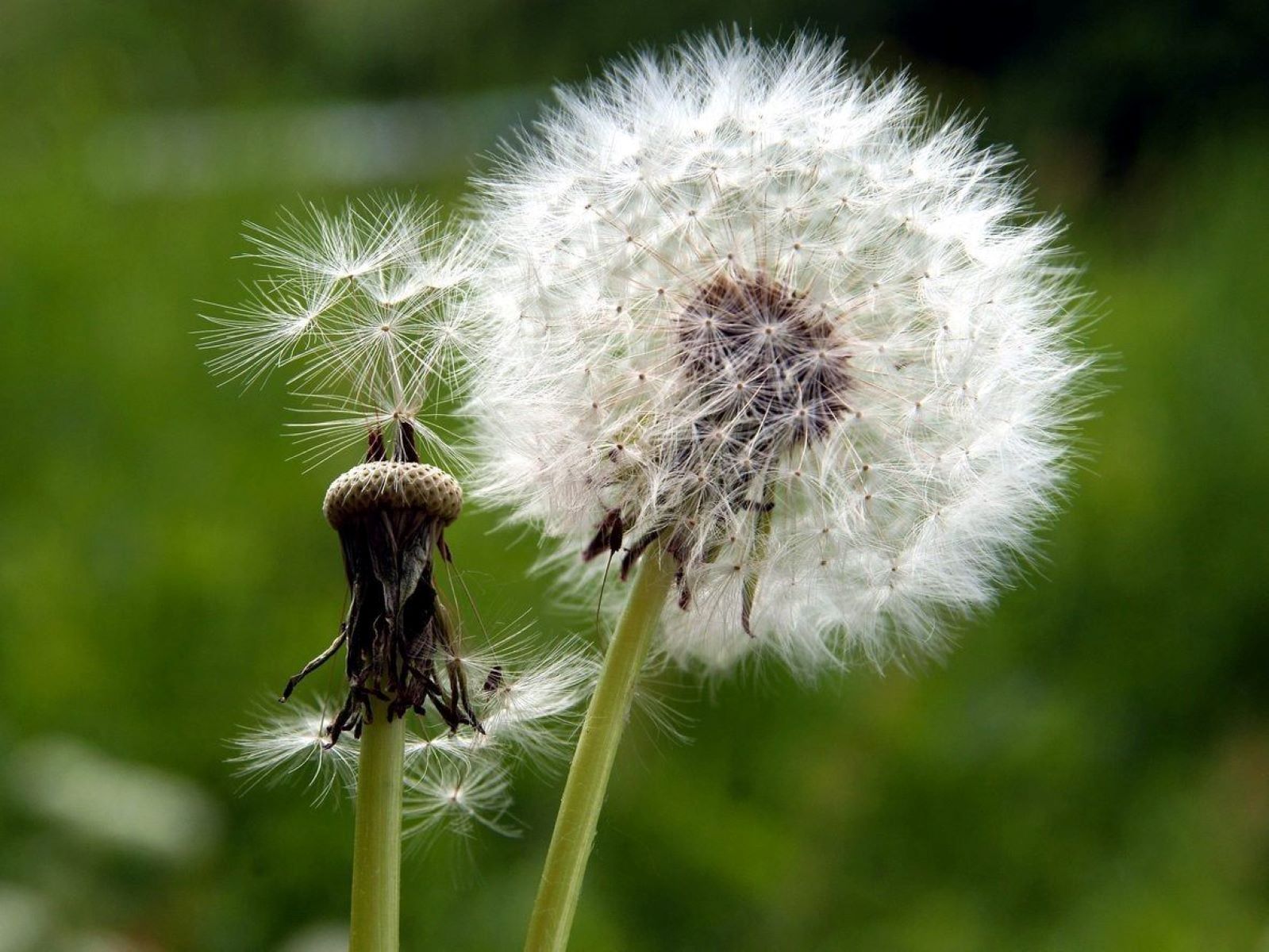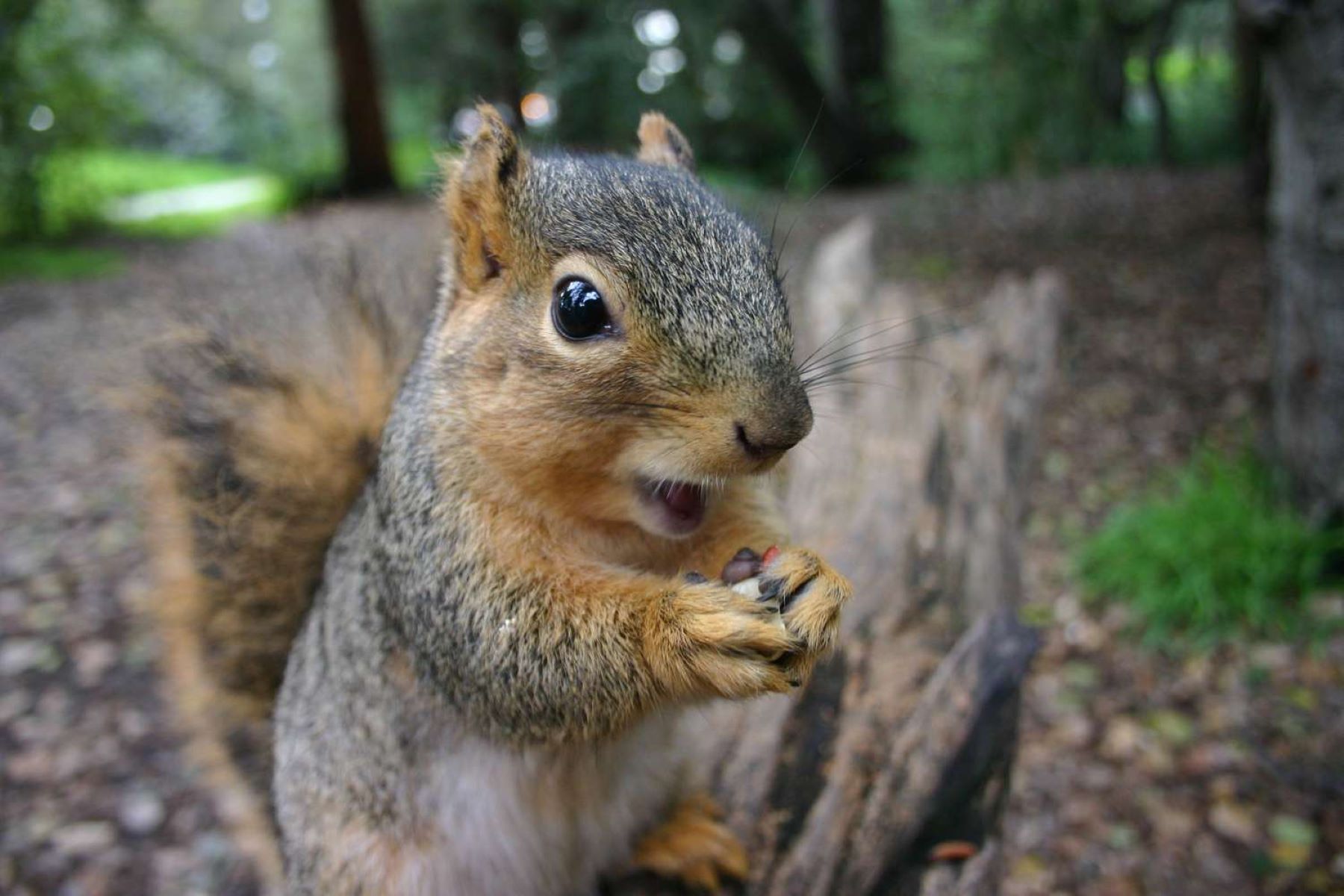Home>Science>Unbelievable! This Is How Squirrels Survive Freezing Weather!
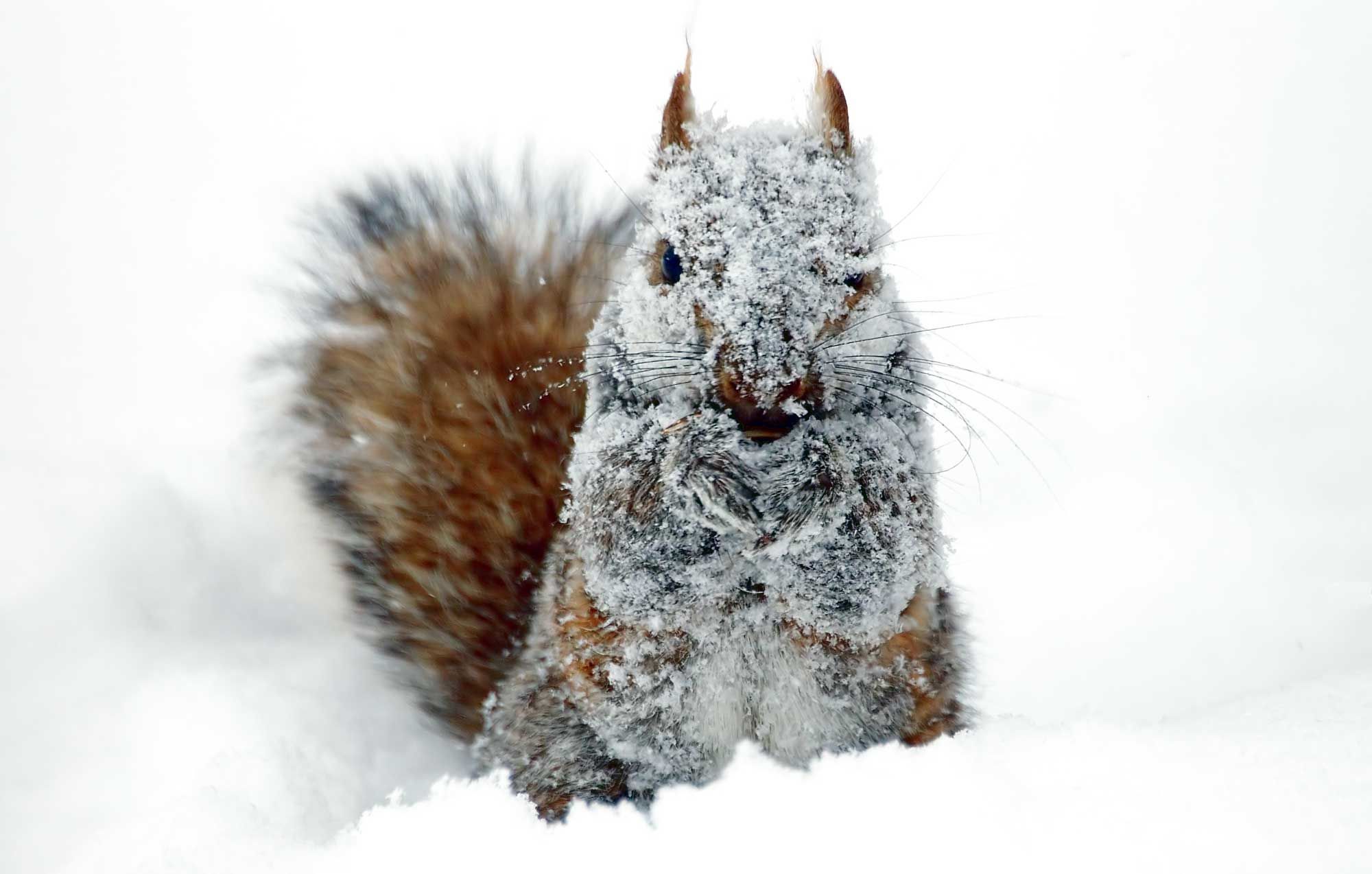

Science
Unbelievable! This Is How Squirrels Survive Freezing Weather!
Published: February 6, 2024
Explore the fascinating science behind how squirrels endure freezing temperatures. Uncover the unbelievable survival tactics of these resilient creatures!
(Many of the links in this article redirect to a specific reviewed product. Your purchase of these products through affiliate links helps to generate commission for Regretless.com, at no extra cost. Learn more)
Introduction
Squirrels, those nimble and bushy-tailed creatures, are a common sight in many parts of the world. These small mammals are known for their acrobatic antics as they scurry through trees and across the ground, often in search of food or a cozy spot to rest. However, what truly sets squirrels apart is their remarkable ability to survive in freezing weather conditions that would send shivers down the spines of most animals.
In this article, we will delve into the fascinating world of squirrel survival, exploring the extraordinary mechanisms that enable these creatures to endure the harsh realities of winter. From hibernation habits to specialized adaptations and dietary strategies, squirrels have evolved a repertoire of techniques to thrive in the face of adversity.
Prepare to be amazed as we uncover the secrets behind the seemingly unbelievable resilience of these tiny yet tenacious creatures. So, grab a warm cup of cocoa, settle into a comfortable spot, and join us on a captivating journey into the remarkable world of squirrel survival.
Squirrel Hibernation
Squirrels are renowned for their remarkable ability to survive harsh winter conditions, and a key strategy they employ is hibernation. As the days grow shorter and the temperatures plummet, many squirrel species enter a state of hibernation to conserve energy and endure the scarcity of food during the colder months.
During hibernation, squirrels undergo a series of physiological changes that enable them to endure prolonged periods of dormancy. Their heart rate decreases significantly, and their body temperature drops to near-freezing levels. This state of torpor allows squirrels to conserve energy while minimizing their metabolic needs, effectively enabling them to survive on their fat reserves for extended periods.
It's important to note that not all squirrel species hibernate in the traditional sense. While some, such as the ground squirrels, enter a deep hibernation, others, like tree squirrels, engage in a lighter form of dormancy known as torpor. During torpor, these squirrels may awaken periodically to feed on stored food and engage in brief periods of activity before returning to their state of rest.
The hibernation period for squirrels varies depending on factors such as species, geographic location, and environmental conditions. Typically, squirrels enter hibernation in late fall and emerge in early spring, coinciding with the availability of food and milder temperatures.
This remarkable adaptation allows squirrels to survive the scarcity of food and the challenges posed by freezing weather. By entering a state of reduced metabolic activity, squirrels can weather the winter months and emerge in prime condition when the environment becomes more hospitable.
Intriguingly, the ability to hibernate is not present in all mammals, making this adaptation particularly noteworthy. Squirrels have evolved this survival strategy over millennia, allowing them to thrive in environments where food sources are limited and temperatures are unforgiving.
In the next section, we will explore the fascinating adaptations that enable squirrels to endure the harsh realities of winter, shedding light on the extraordinary mechanisms that underpin their resilience.
Squirrel Adaptations
Squirrels have evolved a suite of remarkable adaptations that enable them to thrive in the face of freezing weather and scarcity of food. These adaptations encompass a range of physical, behavioral, and physiological mechanisms that collectively contribute to the resilience of these small mammals.
One of the most striking adaptations of squirrels is their dense fur, which serves as a highly effective insulator against the biting cold. The fur of squirrels consists of two layers: a dense, soft underfur and longer, coarser guard hairs. This combination provides exceptional thermal insulation, allowing squirrels to maintain their body heat even in frigid temperatures. Additionally, squirrels have specialized fur on their feet, which aids in gripping surfaces and provides added protection from the elements.
Beyond their fur, squirrels possess remarkable agility and dexterity, allowing them to navigate through complex arboreal environments with ease. Their sharp claws and strong hind limbs enable them to climb, leap, and scurry across branches and tree trunks, providing access to vital food sources and safe shelter. This agility also plays a crucial role in evading predators, further enhancing the survival prospects of these resourceful creatures.
In addition to their physical adaptations, squirrels exhibit impressive behavioral strategies to cope with winter conditions. For instance, many species engage in meticulous food caching, storing surplus nuts, seeds, and other food items in numerous locations throughout their territory. This hoarding behavior ensures a vital food supply during lean times, allowing squirrels to sustain themselves when foraging opportunities are scarce.
Furthermore, squirrels have developed keen spatial memory, enabling them to remember the locations of their food caches with remarkable precision. This cognitive ability is essential for their survival, as it allows them to retrieve stored food even when the landscape is blanketed in snow and the usual landmarks are obscured.
Physiologically, squirrels have evolved metabolic adaptations that enable them to efficiently convert and store energy. As the winter season approaches, squirrels increase their food intake to build up fat reserves, which serve as a crucial energy source during periods of scarcity. This ability to store and utilize fat reserves effectively is pivotal to their survival during hibernation and throughout the winter months.
Collectively, these adaptations underscore the remarkable resilience of squirrels in the face of freezing weather and limited resources. Their ability to navigate challenging environments, secure food supplies, and conserve energy through hibernation and torpor exemplifies the ingenuity and resourcefulness of these small yet formidable creatures. It is through these adaptations that squirrels have carved out a niche in ecosystems around the world, demonstrating their remarkable ability to thrive in the most unforgiving of conditions.
Squirrel Diet
Squirrels are opportunistic foragers with a diverse and adaptable diet that varies depending on their habitat and the changing seasons. Their ability to consume a wide range of foods allows them to sustain themselves throughout the year, even when traditional food sources are scarce. Understanding the dietary habits of squirrels provides valuable insights into their survival strategies and ecological roles within their respective environments.
One of the primary components of a squirrel's diet is nuts, including acorns, walnuts, hickory nuts, and beech nuts. These nutrient-rich morsels serve as vital energy stores for squirrels, especially during the winter months when fresh food is less abundant. Squirrels are adept at locating and harvesting nuts, often stashing them in numerous caches to ensure a steady supply of sustenance when foraging opportunities are limited.
In addition to nuts, squirrels also consume a variety of seeds, including those from pine cones, sunflowers, and other plants. Their keen foraging skills and agile movements enable them to extract seeds from cones and seed heads, providing an essential source of protein, fats, and carbohydrates. This dietary versatility allows squirrels to adapt to different habitats and exploit a wide array of food resources.
Furthermore, squirrels are known to consume fruits such as berries, apples, and berries when available. These fruits not only provide essential nutrients but also contribute to the dispersal of seeds, making squirrels important agents of seed propagation within their ecosystems. By consuming fruits and subsequently dispersing the seeds, squirrels play a crucial role in maintaining the diversity and resilience of plant communities.
Another intriguing aspect of a squirrel's diet is their occasional consumption of insects, bird eggs, and even small vertebrates. While these items may not constitute a significant portion of their diet, they serve as additional sources of protein and essential nutrients, particularly during periods of heightened energy demands, such as breeding and rearing young.
It's important to note that the dietary preferences of squirrels can vary among different species and geographic regions. For instance, tree squirrels may rely more heavily on nuts and seeds, while ground squirrels may supplement their diets with a greater proportion of insects and vegetation. This dietary flexibility underscores the adaptability of squirrels and their ability to thrive in diverse ecosystems.
In summary, the dietary habits of squirrels reflect their resourcefulness and adaptability as they navigate the challenges posed by changing seasons and environmental conditions. By consuming a diverse array of foods, including nuts, seeds, fruits, and occasionally small animals, squirrels demonstrate their remarkable ability to secure essential nutrients and energy sources. This dietary flexibility, coupled with their other adaptations, contributes to the resilience and survival of these charismatic creatures in the face of freezing weather and fluctuating food availability.
Conclusion
In conclusion, the remarkable survival strategies of squirrels in freezing weather conditions are a testament to the ingenuity and resilience of these small mammals. From hibernation and torpor to a suite of physical, behavioral, and dietary adaptations, squirrels have honed a remarkable set of tools to thrive in the face of adversity.
The ability of squirrels to enter a state of hibernation or torpor, reducing their metabolic activity and conserving energy, is a remarkable feat that allows them to endure the harsh realities of winter. This physiological adaptation, coupled with their dense fur, agility, and food caching behavior, equips squirrels with the means to weather the challenges posed by freezing temperatures and limited food sources.
Furthermore, the dietary flexibility of squirrels, encompassing a diverse array of nuts, seeds, fruits, and occasional protein sources, underscores their adaptability and resourcefulness in securing essential nutrients throughout the year. By exploiting a wide range of food resources and engaging in meticulous food caching, squirrels ensure their survival even in the most unforgiving of environments.
The extraordinary adaptations and survival strategies of squirrels not only enable their individual resilience but also contribute to the ecological dynamics of their habitats. As important agents of seed dispersal and contributors to nutrient cycling, squirrels play a vital role in maintaining the health and diversity of plant communities, further underscoring their significance within ecosystems.
In essence, the ability of squirrels to survive freezing weather is a testament to the power of adaptation and resilience in the natural world. Their remarkable strategies for enduring winter conditions serve as a source of fascination and inspiration, highlighting the incredible diversity of survival mechanisms that have evolved in response to the challenges of the environment.
As we marvel at the acrobatic feats and resourceful behaviors of squirrels, we gain a deeper appreciation for the intricate web of life that sustains ecosystems around the world. The story of squirrel survival in freezing weather is a captivating reminder of the tenacity and adaptability of life, offering profound insights into the enduring power of nature's creations.
